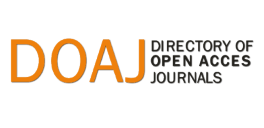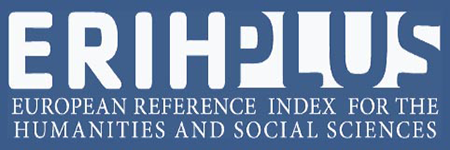Archives - Page 2
-
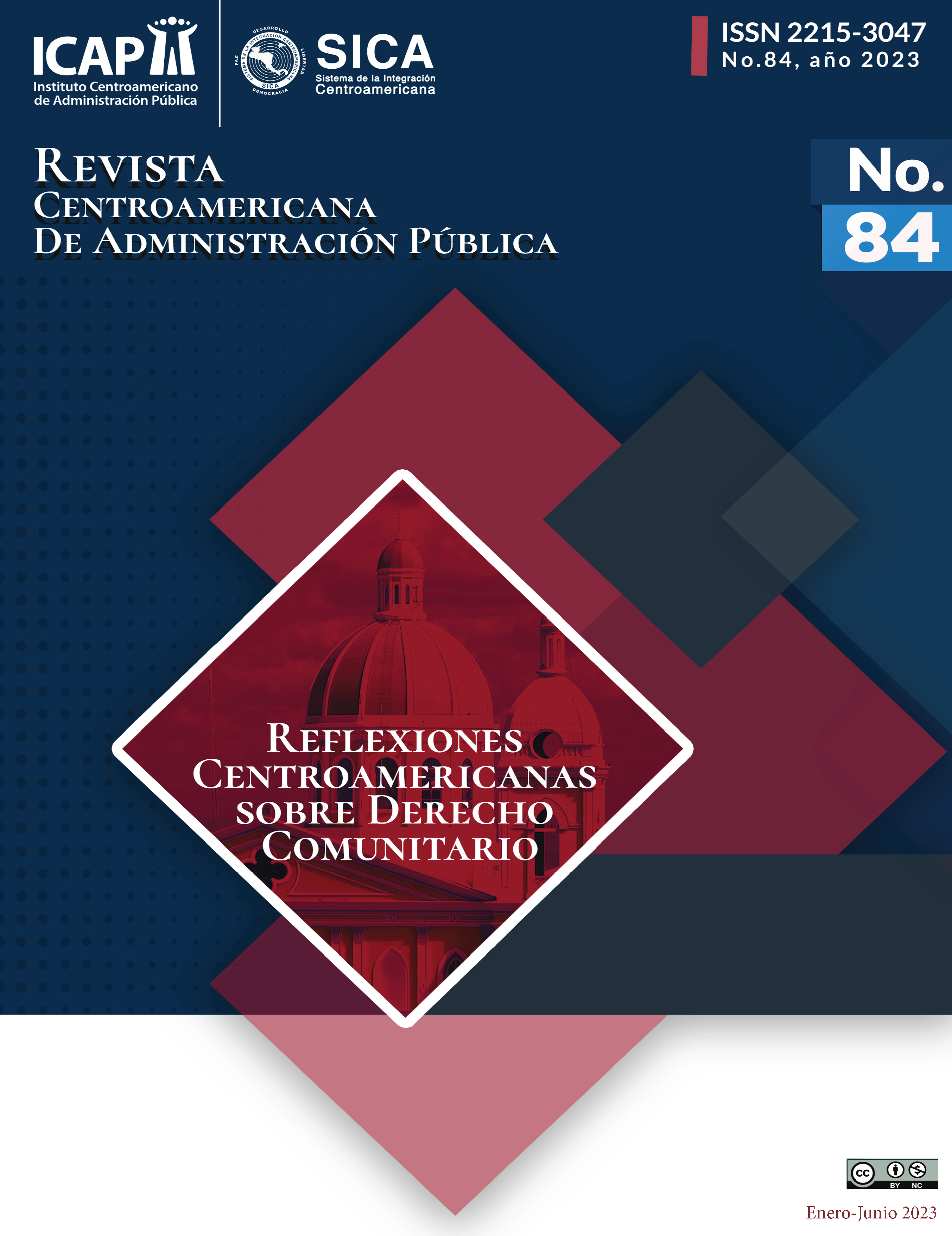
Central American Reflections on Commu
No. 84 (2023)To achieve justice, three elements are needed: legal and civic education for all, solid institutions of rights and respect for legal precepts or
and civic education for all, solid institutions of rights, and respect for legal or constitutional precepts.
Thus, the last two constitute what we lawyers call the Rule of Law.
It is very timely to publish this magazine in which two institutions come together.
--the Central American Institute of Public Administration of Central America and Panama (ICAP), and the Central American Court of Justice (CCJ). Both institutions are two small pillars within a large organization: the Central American Integration System (SICA), which we want to make grow and fortify so that there is more support for the and fortify so that there is more support for the integration of our countries, so that our nations and nations and strengthen our nations and the governments of the area that comprise them. -
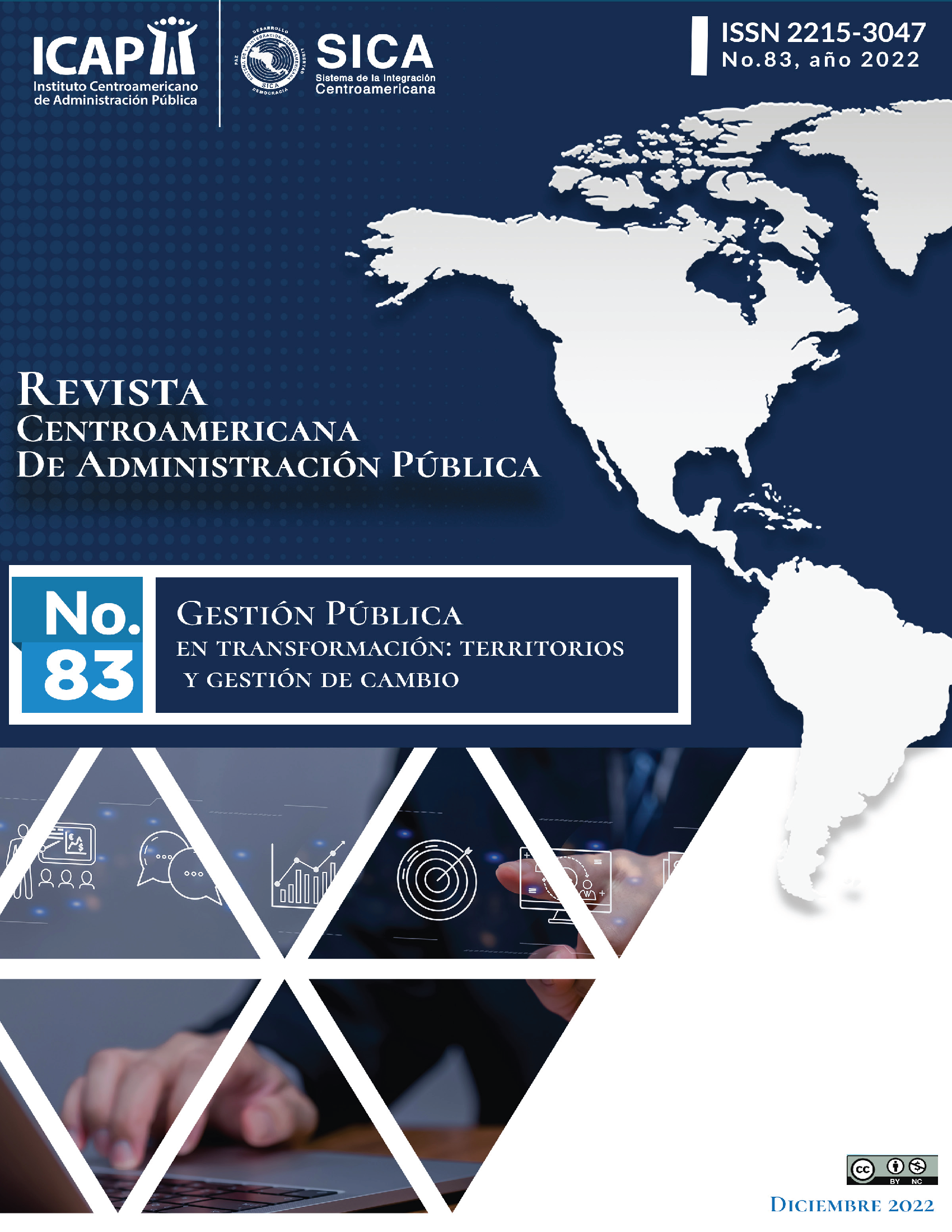
Public management in transformation: territories and change management
No. 83 (2022)Transforming and adapting public management to new social needs must be a renewed commitment of the administration. Change and innovation are part of humanity itself, but today's digital environments, the immediacy of communication and the different risk fronts, require from the public, a better management of data, information and the generation of resolution environments that point to higher levels of development.
The truth is that this is a reading that is difficult to implement, because, although there is a conscious effort from the administration, the daily occupations end up dominating the agenda leaving aside the broader environment, making it more complicated to operate from the strategy, added to the fact that the management and adaptation to a dynamic dominated by the digital, generates a convergence between the practices of yesterday and the new customs of today, where inequalities and knowledge gaps can be accentuated.
The discourse of change is present more than ever in the shared ideology and also in management, however, there are a large number of interests, uncertainties and limits, and in the context of the post-pandemic, the capacity of institutions to generate trust has become relevant, both from the strategic direction, administration, but also for the alignment of expectations from the territories and vulnerable populations.
In this context, the 83rd edition of the Central American Journal of Public Administration proposes a review of the changes and adaptation of the public sector, focusing on three relevant topics: territoriality, migration and education. Reviewing from research and cases, contributions and transformations that have been implemented and that help to better understand the phenomena and to contribute with new solutions. -
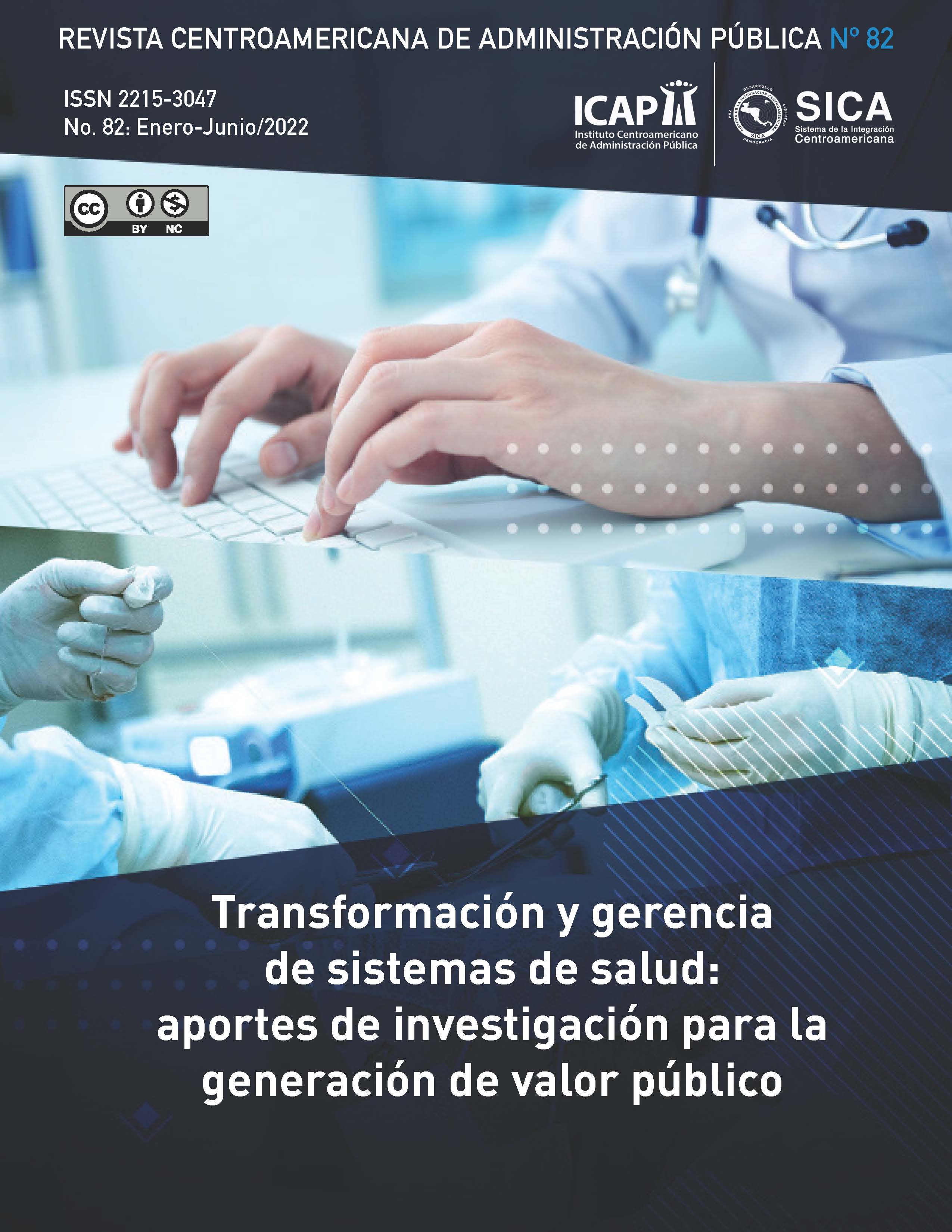
Transformation and management of health systems: research contributions for the generation of public value.
No. 82 (2022)As coordinator of the Center for Health Systems and Social Security (CSS-SS) and of the Health Management Program of ICAP, and as part of this general responsibility, coordinator of the Master's Program in Health Management, it is a privilege for me to introduce with this editorial, the 82nd version of the Central American Journal of Public Administration.
This issue is specifically dedicated to topics related to public management of health and social security, from the publication of a set of articles that originate in the final graduation papers approved as part of the training process of a group of students, who today are already practicing as professionals with the degree of Magister Scientae in Health Management of ICAP.
As can be seen, the topics are framed along two main lines; the first is related to the improvement of health services management and the second is linked to the improvement of social protection in Costa Rica; however, all the topics covered are universal in nature, and therefore serve as relevant input for all the countries of the SICA region.
With regard to public health management, the starting point is the premise that management implies making decisions and, therefore, the challenge is to ensure that these decisions are correct and intelligent. To achieve this requires the application of rationality, the ability to think, evaluate, understand and act in accordance with certain principles of improvement and consistency, in order to satisfy some objective or purpose. Rationality is an innate virtue of human beings that allows them to discern in a given situation.
The applicable rationalities are those that consider relevant good decisions within organizations: i) political rationality that guides the institutional course, ii) technical rationality, related to the "content" of the institutional task, iii) administrative rationality linked to the necessary support required in terms of resources, methods and the institutional decision-making process, iv) legal rationality associated with the legal and juridical framework that conditions decision-making, and v) ethical rationality related to the values that support the decision-making process.
It is a matter of understanding how the decision-making process must harmonize the five aforementioned rationalities, never putting them in contradiction, a non-delegable and non-negotiable responsibility that the manager must assume when making decisions.
This concept of management then implies a symbiosis between leadership (direction) and administration; leadership has ethical implications in the function, that is, it is related to doing the right thing, for which it is necessary to know and apply essential management skills: creativity, innovation, leadership, motivation and negotiation, among others. On the other hand, administration implies the knowledge necessary to do it correctly, i.e., the ability to define standards and comply with the managerial functions of planning, organization, attracting and retaining suitable personnel, delegation, supervision, measurement and generation of useful information for decision-making.
It is in this context that three of the topics discussed in this issue of the Journal are related to issues related to good health services management. The first article by Diana Salas deals with the application of the Lean quality methodology to the operating rooms, in this case, of a national hospital of maximum complexity in Costa Rica, the San Juan de Dios Hospital. The methodology allows improving the quality of service, improving the use of resources, reducing waiting times to access the service and reducing costs. It is an example of the application to the public sector of a management tool that can be very useful for the benefit of the population.
The strategy proposed by Stephen Guinee of short-stay units for hospital services is very useful for improving the management of these services, optimizing the use of resources and reducing costs. The short-stay units contribute to the standardization of processes, which allows the reduction of hospital stay and the increase of the bed rotation that generates as a result, the improvement of the efficiency of the services, understanding that the bed is the hospital resource par excellence, since the planning of the establishment revolves around it.
On the other hand, the proposal for the classification of Health Areas made by Juan Carlos Obando, Alberth Méndez and Andrés Cairol, contributes significantly to the correct allocation of resources at the level of health service networks, taking as a reference criteria of population coverage, installed capacity, production, schedules of attention and, in general, complexity of the services for which they are responsible.
In view of these three topics related to good management, specifically, and in the context of the conceptual framework initially stated, to good health services administration, three articles are presented related to the improvement of social protection in Costa Rica, understanding that they contribute to define its course in terms of population needs and are useful for the SICA region in general.
The first of these is the analysis carried out by Angela Morales and Angie Parra to improve the process of granting pensions in the non-contributory system, which seeks not only to contribute to institutional efficiency, but also to the access of a socially disadvantaged population to a basic pension. The study demonstrates not only the weaknesses of the granting process but also the deficiency of some criteria for doing so, affecting the quality of life of many people. The authors make a proposal that comprehensively improves the whole process.
In addition, the feasibility study carried out by Kenny Rojas and Jorge Peñaranda to increase the coverage of genomic analysis in people with heredofamilial suspicion of breast and colorectal cancer raises one of the challenges of contemporary medicine and of the future: personalized attention based on the specific needs of individuals. In Costa Rica, during the year 2020, only 24% of the new cases suffering from this type of cancer with heredofamilial suspicion had access to analysis, due to the scarcity of existing resources.
Finally, Eugenia Mata and Horacio Chamizo present an article that links the correct approach to the problem of drug use in Costa Rica and the construction of public policy in this field, based on the premise that drug use is a public health problem and should be treated as such, a contribution of great value, not only for the country, but also for the SICA region.
Complementary to the articles originated in final graduation works, the journal presents two documents that deal with general topics linked to the social and economic reality of Costa Rica and the SICA region; Jean Paul Vargas ventures into the topic of parliament and institutional innovation, a document of conceptual and reflective character, which assumes as a task to venture into an approximation of the approaches to parliamentary modernization, seen from the importance of institutional change and induced balances. The paper begins the discussion by taking a conceptual position on Parliament as an institution, followed by an understanding of parliamentary governance and institutional capacity, whose cumulative reflection allows us to address the various approaches to parliamentary modernization.
Finally, Angel Abelino Ortega, ventures into the issue of poverty and extreme poverty in Costa Rica, presenting it as a historical debt of the country, despite the efforts made in the social field by various governments.
The author considers, without pretending to give a definitive answer, that the poverty situation could be directly related to the type of social policy promoted by the governments of the last 40 years, the obsolescence of the management of the social sector institutions, the impossibility of articulating a strategy respecting the work spaces of each institution and the short-termism of the planning processes, which is why a profound revision of the worked model is necessary and to make the pertinent adjustments in order to change what is necessary.
In summary, this issue of the Central American Journal of Public Administration is a significant contribution to public health management that takes the Costa Rican reality as a reference, but that undoubtedly contributes to the reality of all SICA countries.
Mauricio Vargas Fuentes
May, 2022. -

How COVID changed Public Management? Reflections on transformation, resilience and the challenges of the public to build a better regional future. to build a better regional future
No. 81 (2021)"How COVID changed Public Management? Reflections on transformation, resilience and the challenges of the public to build a better regional future."
In the midst of the transformation forced by the global health crisis, all living spaces were modified, the lack of physical proximity also meant a revaluation of common spaces, opportunities for a different approach, but also plural, a call to build among many that we now know is indispensable.
Managing the public sphere in contexts of uncertainty is complex and requires at least the articulation between institutions and actors (citizens, private companies, non-governmental organizations), seeking to be able to combine the various practical scaffolds and thinking to put them at the service of the common good.
The juncture changed the personal, the common and also the institutional, forcing robust structures to transform to the digital in days, all fields were permeated, but especially interesting was to see how the management and communication models, mutated to the exclusive virtuality ended up dominating the spaces of decision making and policy generation, the public, was transformed for a moment in a virtual or at least virtualized apparatus, a reality that seemed distant 18 months ago, but became normal, however, how much did this space change us? Does it really contribute to the public, or is it better to return to the physical?
The strategies developed before the crisis, if they existed, were obviously neither efficient nor sufficient, because it is clear that the scope of the challenge brought about by the health crisis caused by COVID-19 could not be foreseen. The previous management models were not prepared for the rupture, but even so they generated responses to the conjuncture, giving clues that they are capable of adapting to the environment and not just living anchored to traditional processes.
What has at least been put on the table is a discourse on change - and the use of this - which is more present than ever in the shared ideology, the health crisis also became a space of opportunities and from the public sector, a small window that can be a positive force to propose new routines, breaking paradigms and building alternative responses to common problems; since the application of technological tools, the use of data and metadata for decision making and the interest of human resources to add knowledge were also part of the crisis management.
For this reason, this edition of the Central American Journal of Public Administration seeks to explore the spaces that this context of change has been able to permeate within the framework of the generation and evolution of public management in the region.
Bearing in mind that in order to truly transform ourselves, it is necessary to understand our own particularities and begin to build solutions based on those particularities, prioritizing ethical and technical rigor and embracing innovation at all levels; political, institutional, technical, so that it is indeed capable of contributing to the generation of trust and legitimacy necessary to build a perception of social satisfaction in a future that is not ideal, if not possible.
Understanding that management approaches after the health crisis must have as a pillar the search for social welfare with a broad component of environmental balance, data management and future responsibility, today's management must focus on optimizing current systems to promote transformations and progressive change, including as many sectors as possible.
This edition number 81 of the Central American Journal of Public Administration, recognizes to be a deliberative, descriptive and functional exercise, which starts from situations of the Central American reality, seeking to understand the challenges of the exercise of government in the post-pandemic, while approaching the look to the new dawns offered by the current context, anchored in the need to evolve the understanding of the public in the region, from the generation and transmission of knowledge and critical and disruptive thinking.
This journal contains two main sections: articles and documents. The first part includes works developed by researchers in the region who, based on specific cases, have focused on concepts of development, innovation and the challenges of the region in the post pandemic period.
-
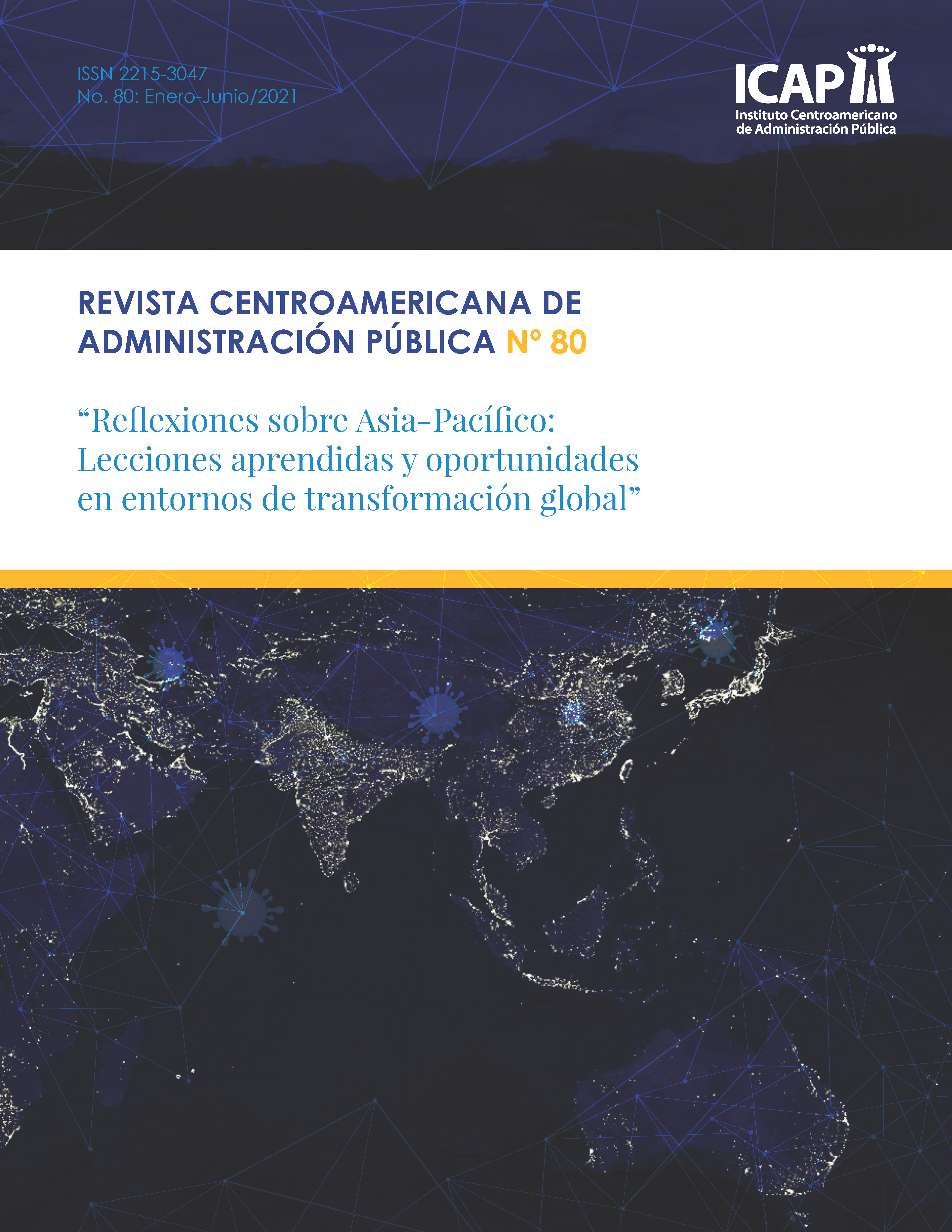
Reflections on Asia-Pacific: Lessons Learned and Opportunities in environments of global transformation
No. 80 (2021)"The Century of the East: Importance of Asia in economic and health geopolitics."
Understanding the conjuncture requires knowledge of the context; to understand the economic and social transformation the world is currently facing as a product not only of the health crisis, but also of structural economic adjustments at the macro and micro levels it must be recognized that change is part of the system, and that spontaneous challenges and ruptures are also part of that environment.
In the midst of a global crisis, it is important to take stock of the processes that have been more or less efficient according to each circumstance and to learn from those who have offered effective solutions, recognizing good practices.
In the international context, the Asian continent has become a key player in geopolitical dynamics, determining decisions and policies at the global level.
Following the establishment of China as the world's second largest economy in 2010, as well as the rapid growth of Southeast Asian economies, the international system has recognized Asia as the new economic, political and social center of gravity. The post-pandemic period will be articulated according to the structural relations present in the Asian region, putting an end to the historical configuration of international relations from the Western perspective. It is for this reason that the situation of the Asian states becomes the driving force of the research, instrumentalizing national and regional analytical optics for international analysis.
The power of the Eastern region is articulated in the leadership of its states in economic, social and health matters. Since the 1990s, if we analyze the growth rates of almost all the economies of the continent, they have remained in the categories of "sustained" or "very high". The global economic crisis of 2008-2009, which exhaustively affected Western economies, did not generate the same structural dislocations in Asia, demonstrating the ability to adapt to economic circumstances, its concern for internal and external markets and the role of this geographic space as a leader in the global economic recovery process.
These advances resulted in the construction of a perception of structural concern of the West, specifically in the face of the growth of India and China; and its role in world geopolitics. In terms of international economic influence, Asia becomes the axis of interest in terms of Foreign Direct Investment (FDI), trade policy and consumption of energy and other fundamental raw materials.
In the current international context, Asia's importance has been reflected in its institutional response to both the economic and health consequences of the pandemic. In the context of Covid-19, Asia has emerged as the most effective leader in managing responses to the virus. Mainly China, South Korea, Taiwan and Hong Kong, which in the initial stages of the crisis managed to drastically reduce the rates of infection and deaths in their territories, responsibly managing the pandemic. Also, taking as a reference the link between economy and health, China has become the only large economy that grew, albeit minimally, in 2020, reflecting the decline of US hegemony and the deterioration of the role of the West as a major player in international dynamics.
Another element that has highlighted Asia's role in the geopolitical game has been the level of economic and commercial integration of the countries. Specifically, the Association of Southeast Asian Nations (ASEAN) and the Regional Comprehensive Economic Partnership (RCEP) in 2020 stand out. This integration has strengthened the countries' economic and security ties, structuring the region as a commercially cohesive bloc. The construction of the "New Silk Road" has been a strategic move by China, taking the interconnected effects of the globalization process to its advantage. The aim of the gigantic economic project is to connect China to the world, and thus establish itself as a major player in the international system, through a series of infrastructure projects. On the other hand, the stable economic growth of the Asian states contributes to the reduction of downturns in the economic cycle and sudden financial crises, providing a certain degree of stability to the international financial system.
In addition, they are beginning to operate in spaces beyond the conjuncture, the Central Bank of China has begun to test a digital version of the yuan, boosting the digitalization of the economic system, which would represent a significant impact on global geopolitics, placing the Asian continent as the international digital reference point, as well as the establishment of a challenge to the supremacy of the dollar as a means of commercial exchange (and specifically the U.S. hegemony). Fintech, commonly known as financial technology, has become a point of interest for Asian state apparatuses, not only in China but also in Southeast Asian countries such as Singapore, with the aim of preserving its typology as a global financial center.
On the health front, successful management has emerged as a result of the state response system. In this crisis situation, the institutional tactic of "find, isolate, assess and deal with each case" has been managed. As a result of their state power, the apparatus has achieved the application of aggressive testing, tracing and subsequent quarantine. However, specifically in the case of Asia, the comparative advantage has been articulated in the use of Information and Communication Technologies (ICT) as strategic tools for monitoring and controlling cases. For example, in China, Japan and Korea, the use of ICTs as strategic tools for the monitoring and control of cases has been a comparative advantage.
In the South, government-controlled mobile applications were created or adapted to facilitate effective tracking of Covid-19 positive cases.
Another lesson learned internationally from the management of the health crisis in Asia was the structured process of data collection and interpretation and research aimed at understanding the dynamics and behavior of the virus. Faced with the emergency in national territories, Asian states sought to establish partnerships with research centers through technology. During the implementation of such alliances, the importance of Asia as a center of research and technologies is put to the test, highlighting the geopolitical importance in health matters. As another example of the region's strength, a tracking system was used in Taiwan and Japan, supported by mapping contagion and epidemiological links. In addition, Hong Kong used a control system based on electronic bracelets, which were given to people arriving from abroad.
The relevance of Asia has been structured in conjunction with various socio-historical events in the region, exemplifying the role of states in the international game. However, it is important to mention the influence of Asian conflicts on international relations, driving the need to increase the focus of international public opinion, on issues such as China's historical situation with the territories of Hong Kong and Taiwan. As a result of the increased geopolitical importance of the continent, the spaces for international discussion and negotiations must be built with attention to the situation, progress and achievements of Asia.
The main international issues and problems of recent years have been built from the perspective of the increasing positive influence of the Asian continent, specifically China and the famous "Asian Tigers". It is also essential to understand the good management of the structural transformation of the international system of the Asian States, adapting from a perspective of sustained economic growth and governmental use of technologies within the framework of digital economy processes and in an interconnected society, however, this does not detract from the fact that there are also important problems in the region, both internally and between countries, for example, China has some open conflict fronts; Hong Kong, Taiwan, territorial conflicts over the construction of artificial islands, the trade war with the United States and a series of other conflicts that, if not well managed, could increase instability.
Similarly, the increase in social demands in countries such as Thailand, the coup d'état in Myanmar, the criticism of the political regimes in the Philippines and Singapore for their possible human rights violations, the constant corruption scandals in South Korea, are internal problems that suggest that there is no recipe model for development and although there are important economic advances, in Asia and Asia Pacific there are important challenges that must be addressed for the benefit of society.
Even so, the continent becomes the point of reference for the learning of other countries in a myriad of areas, an example to follow in economic and health terms, without a doubt, the 21st century is that of the Eastern Century.
This edition of the Central American Journal of Public Administration offers a series of reflections and lessons learned about the Asia-Pacific region in the current international context, characterized by the constant transformation of socio-political and economic structures. The geopolitical importance of the Asian region has permeated the mental structures of how to think about international relations between States, motivating the production of knowledge that structures the national and regional analysis of Asian States, as well as their influence at the international level in multilateral decision making.


